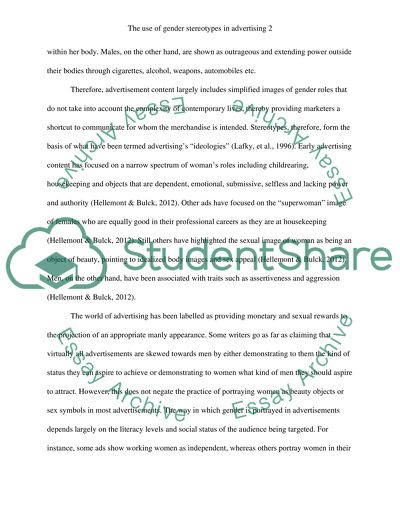Cite this document
(“The use of gender stereotypes in advertising Essay”, n.d.)
Retrieved de https://studentshare.org/media/1476188-the-use-of-gender-stereotypes-in-advertising
Retrieved de https://studentshare.org/media/1476188-the-use-of-gender-stereotypes-in-advertising
(The Use of Gender Stereotypes in Advertising Essay)
https://studentshare.org/media/1476188-the-use-of-gender-stereotypes-in-advertising.
https://studentshare.org/media/1476188-the-use-of-gender-stereotypes-in-advertising.
“The Use of Gender Stereotypes in Advertising Essay”, n.d. https://studentshare.org/media/1476188-the-use-of-gender-stereotypes-in-advertising.


